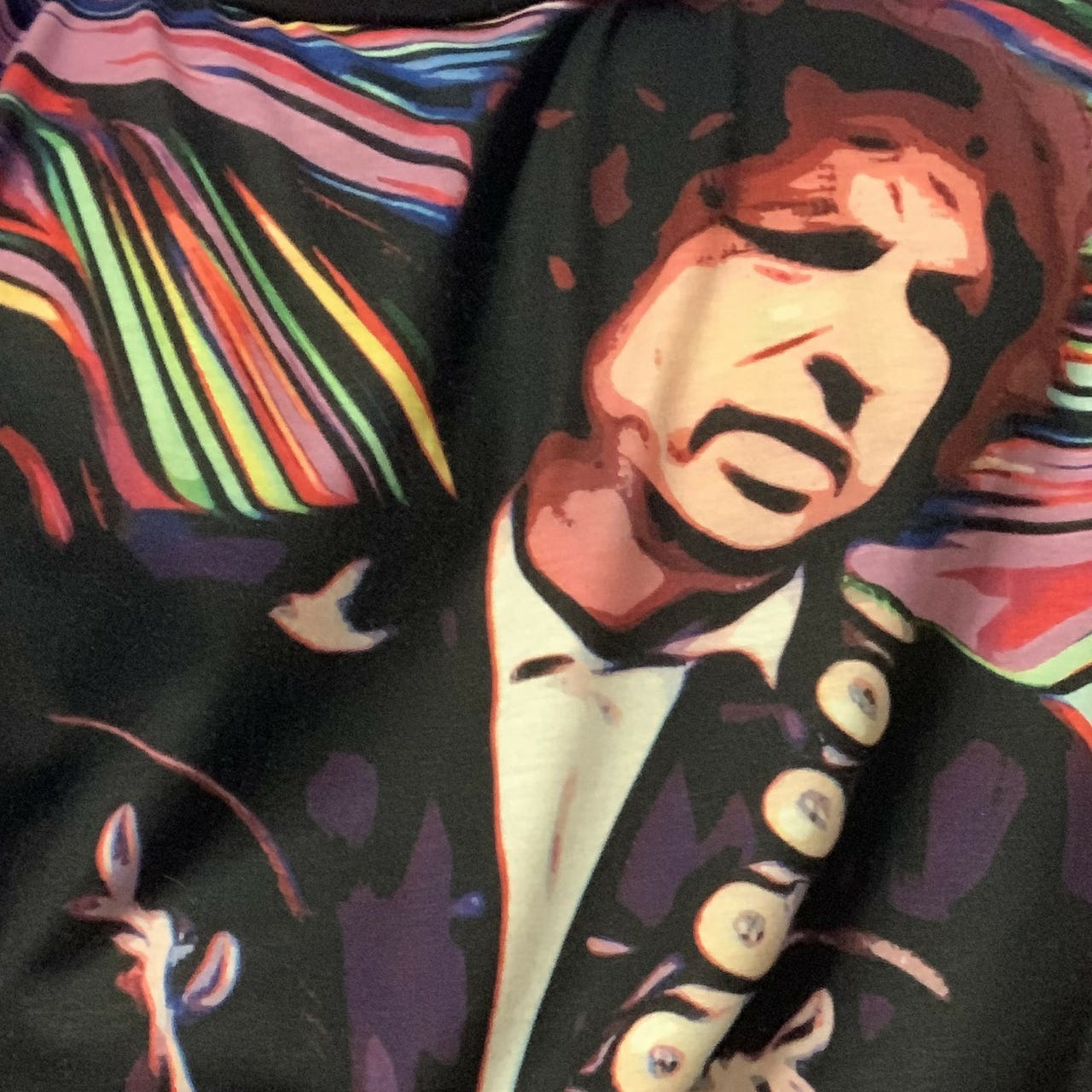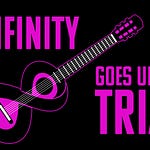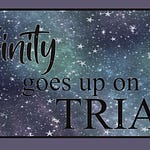“My First Time with Bob”
June 19, 1995
Giants Stadium
East Rutherford, NJ
“Performing arts, according to my dictionary, are “arts, such as drama, dance, and music, that involve performance before a live audience.” Implicit in, but missing from this definition, is the fact that a performance exists at a particular moment in time. It is always, from the artist’s point of view, “live.” It is shared at the same moment that it is created. There may have been all sorts of preparation, including the writing of a script or song or score, rehearsals and so forth; but the actual performance occurs in a moment and necessarily expresses that moment.”[1]
“Performance, an older art form than composition (though both have ancient roots, and neither exists entirely apart from the other), has been until this century an ephemeral art, leaving no trace of itself except in the memory of the observer. This ephemeral quality is closely linked to the spiritual value that has always been associated with music and with the dramatic arts. Spiritual as opposed to rational meaning is most often communicated in a moment of transitionary comprehension. The moment does not last, but its effects most certainly do.”[2]
I literally fell into my first experience seeing Bob Dylan live. My step-sister called around four in the afternoon to tell me she had gotten tickets to see The Grateful Dead and Bob Dylan that evening from a friend who couldn’t go. She asked if I wanted to go with her. Of course, I did and I’m glad because within two months, Jerry Garcia would be gone, and I would never have seen The Dead had I not accepted. But seeing Bob Dylan live that night changed my life.
At the time, I hadn’t quite reached the level of Dylan obsessive that I eventually grew into. Dylan’s music was the soundtrack of my childhood, along with The Beatles, The Rolling Stones, Carole King, Led Zepplin, and all the other music my Boomer parents listened to and loved. But, more than the music, Dylan’s use of language always fascinated me. I listened to Dylan’s songs to hear the words as they sounded when he sang them, how he hung on a syllable or sound for emphasis, or how he used rhyme, imagery, pun, or metaphor. Quite simply, that night I wanted to see Dylan because I didn’t know if I’d have the opportunity to see him again. At the time, we were basking in the afterglow of Dylan’s MTV Unplugged appearance and subsequent CD release, but still more than two years away from the release of Time Out of Mind. And, like most people who see Dylan for the first time, I wasn’t sure what to expect. I just hoped I wouldn’t be disappointed. This was a last-minute decision and I was bursting with disbelief at my incredible good fortune.
Our seats were terrible, but I was happy to be there. When Dylan came onstage at dusk to a half-filled stadium, he was a speck on the stage – but I was rapt. There he was! Though I struggled to see him, he filled the entire stadium. It was Bob Dylan. He played a twelve-song set – nine electric and three acoustic sandwiched in the middle. Even in the nascent stages of my Dylan fandom, I knew or recognized most of the songs he played. More so, I was delighted that he played “Silvio” and “Mr. Tambourine Man.” I may be one of the few people who likes “Silvio,” and I agree with Paul Williams that Dylan seems to have fun when he plays it. After “Silvio,” Dylan started the short acoustic set with “Mr. Tambourine Man.” That performance was transformative. A song I had loved and wanted to live in became a prayer or a secret Dylan was telling us. His delivery and phrasing invited us into that world so we could share it with him and with each other. Dylan’s encore, “Rainy Day Women #12 & 35” seemed an appropriate song to end with. As he and his band launched into the raucous intro, the stadium was overcome in a haze of smoke. Though there was certainly crossover and there were a lot of Dylan fans in the crowd, this was an audience of Deadheads. Regardless, everyone was there in a spirit of love and community borne from the music. That feeling hung as heavily in the air as the smoke at the end of Dylan’s encore.
Less than four months later, on October 5, 1995, my sister and I went to see Pope John Paul II deliver mass at the same venue. It’s strange that I agreed to go at all. Three years earlier, I had gone to Sunday evening mass – the last chance mass for folks who couldn’t get themselves to the early bird Saturday evening mass or any of the earlier Sunday “shows.” The homily was essentially three sentences – “You’re all sinners. There’s nothing you can do about it. Repent.” Shit. That was heavy and didn’t make me feel the way I thought I should after mass. That mass caused an existential crisis. God as a concept or being had always been neatly defined for me, and I had never questioned my inherited belief system. All of that changed. I started reading any religious text I could get my hands on and attending different services and lectures. I took classes and asked a lot of questions. It was my attempt to find answers, or gain a greater understanding of faith or belief systems, and how my own developing beliefs fit within them.
However, when I was given the opportunity to see Pope John Paul II, who had been Pope most of my life, I jumped at the chance. I approached it with the same attitude most people do about seeing Dylan – when am I going to have the opportunity to see him live again?
Unlike the hot June night of the Dylan and the Dead show, this outdoor mass was plagued by torrential downpours. Under the stadium lights, the raindrops looked like dimes falling from the sky. As we waited for 80,000 people to find their seats and for the Pope to begin the mass, I became frustrated with the chants of “JP2, we love you!” Someone started the wave, and, as it does, it grew and made its way around the stadium. “This is big church,” I said. My sister laughed at me. She thought I was being ridiculous. I thought they lacked decorum.
The Pope took the stage in the driving rain, and the energy in the stadium shifted. He began the liturgical greeting, “The Lord be with you.” When 80,000 people responded in unison, “And also with you,” my chest rumbled. It WAS big church. For the rest of the mass, I followed the liturgy, prayers, and rituals with the rest of the crowd. It was uplifting and brought me the peaceful feeling I missed at the mass three years earlier. It also stirred in me the feelings I had four months earlier listening to Bob Dylan sing in the same place in the same venue.
It took me a long time to reconcile the sacred experience I had at these two performances. Both men, Bob Dylan and Pope John Paul II, changed the energy in Giants Stadium when they took the stage. Through music, language, and audience participation, they created a transcendent experience of fellowship and community. At a September 1999 Dylan concert in The Woodlands, Texas, I was overcome by the feeling that being at a Dylan show was like being at church – big church. In an October 11, 2023 post, “Bob Dylan in Chicago 2023” on her Secondhand Thoughts Substack, Elizabeth Cantalamessa wrote,
I think Dylan’s concerts - static set list and all - serve a similar social function as religious ceremonies: it is a secular ritual and the audience is a congregation. Rituals bring us into harmony with other people, they also offer contexts where we can coordinate with others independent of our social and political values. Rituals can be what political philosopher Robert Talisse calls “apolitical spaces.” In today’s polarized digital age, we need spaces where we can come together independent of our political values… we need more (secular) rituals.[3]
The sacred, whether secular or religious, is the result of a community harmoniously sharing a fundamental truth or profound experience.
Thirty years on, I still return to the Church of Bob Dylan’s live performances as regularly as I can. Each show fulfills a need I have to connect with the sacred and provides an endless fount of joy, community, and the sublime.
To help me celebrate the thirtieth anniversary of my first Bob Dylan concert, I asked friends, colleagues, and acquaintances across the Dylanverse to share their first (or an early) Dylan concert experience. What you’ll hear is the result of that query – twenty-eight memories representing every decade of Dylan’s career. The throughline is that whether our first experience of seeing Dylan live was at the height or a low point in his performing career, something transformative occurred that has kept us coming back for more. I think Kait Flower expressed it best when she said, “When Dylan came on, everything changed.” If I could have, I would have included every person I know or have met through the Dylan community in this project, but that would have resulted in an hours-long podcast and it’s already quite long. However, I’m sorry to have left anyone out. I hope you enjoy this compilation and that you are inspired to share your own in the comments.
Special thanks to:
1. Michael Plumpton – 31 August 1969
2. Robyn Hitchcock – 31 August 1969
https://www.robynhitchcock.com/
3. Walter Raubicheck – 7 January 1974
4. Harold Lepidus – 29 January 1974
https://bostonharoldpodcast.blogspot.com/
5. Andrew Muir – 15 June 1978
6. Phil Hale – 21 June 1981
7. Caroline Schwarz – 18 July 1981
https://thebobdylanfanclub.com/
8. Jason Nodler – 20 June 1986
https://catastrophictheatre.com/
9. John Radosta – 22 July 1986 : https://thedylanreview.org/2024/02/21/the-loveliest-and-the-best-the-tapestry-of-influence-of-omar-khayyams-rubaiyat-on-the-works-of-bob-dylan/
10. Steven Jenkins – 3 August 1986
https://catastrophictheatre.com/
11. Michael Glover Smith – 12 August 1989 https://www.instagram.com/whitecitycinema/?hl=en
12. Graley Herren – 20 August 1989
13. Rob Reginio – 24 July 1991
14. Benny Boy – 2 April 1995 https://x.com/benclaywolf
15. Adam Selzer – 11 October 1995
https://mysteriouschicago.com/
16. Kait Flower – 17 December 1997
https://thebobdylanfanclub.com/
17. Eddie Hawkins – 17 September 1999 (20 February 2002, 23 April 2003, 14 October 2018)
18. Christopher Vanni – 24 November 2001
19. Paul Haney – 31 January 2002
https://paulhaney.com/
20. Laura Tenschert – 21 April 2002
https://www.definitelydylan.com/
21. Henry Bernstein – 5 November 2002
22. Ray Padgett – 5 March 2004
23. Nina Goss – April 2005
24. Court Carney – 30 April 2006
https://www.courtcarney.com/
25. Rebecca Slaman – 23 July 2009
26. Mathew Ingate – November 2011
27. Allison Rapp – 8 November 2017
28. Britt Eisnor – 24 October 2023 https://www.instagram.com/britt.eisnor/
[1] Williams, Paul. Bob Dylan Performing Artist: 1960-1973 – The Early Years. xiv.
[2] Williams, Paul. Bob Dylan Performing Artist: 1974-1986 – The Middle Years. xiii-xiv.
[3] Cantalamessa, Elizabeth. “Bob Dylan in Chicago 2023.” Secondhand Thoughts.








































Share this post